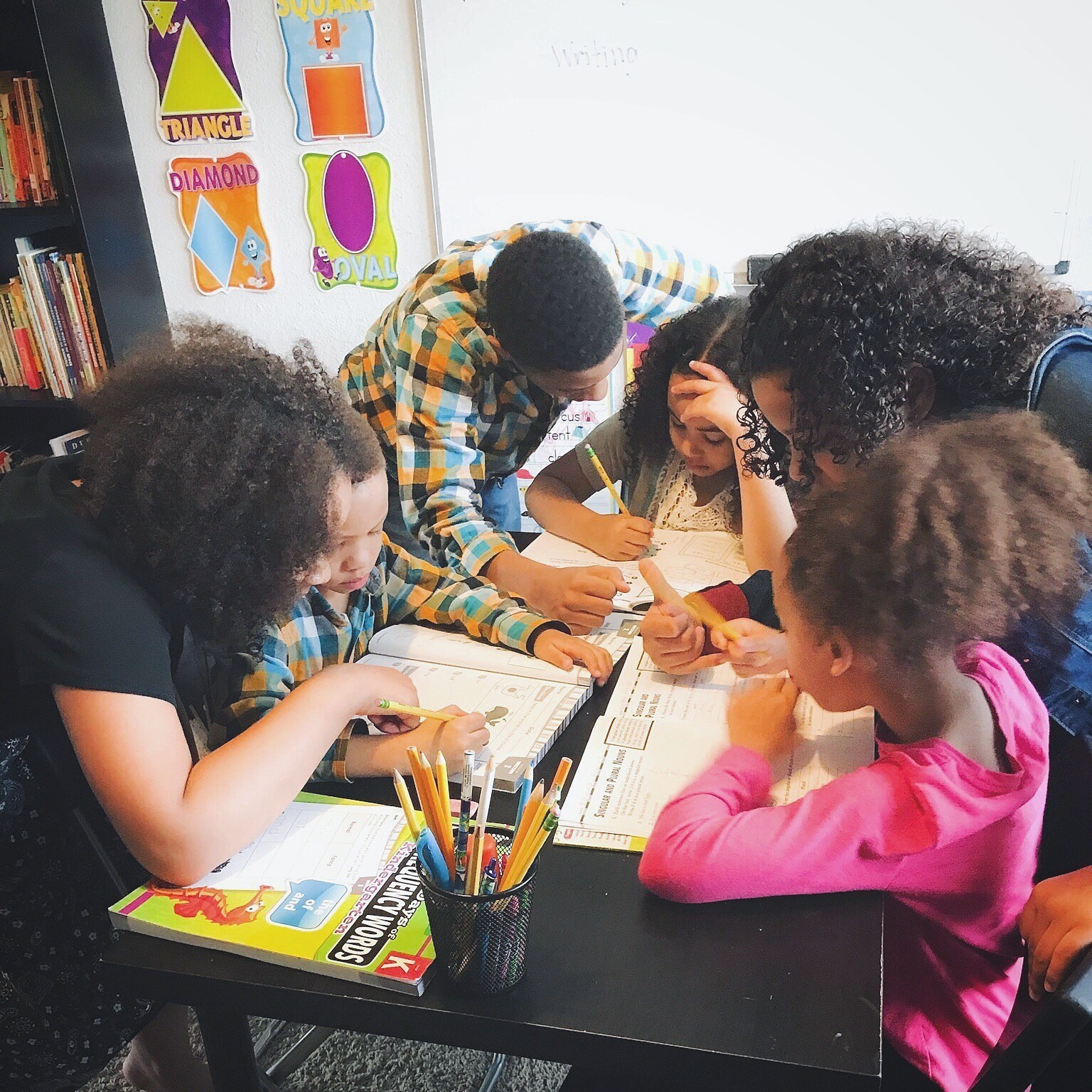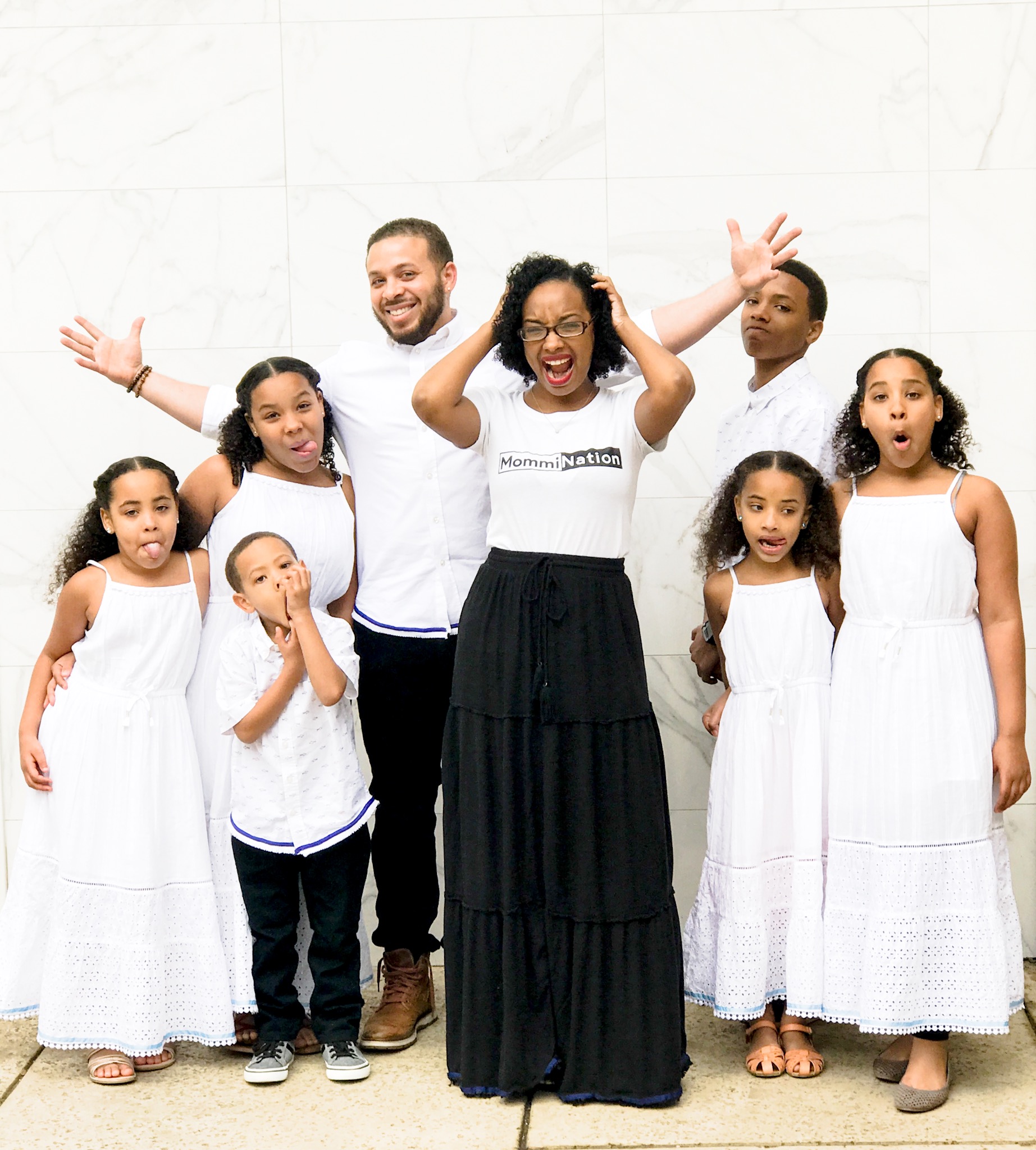It’s not a secret that students of color are getting the short end of the proverbial stick when it comes to education. In fact, most African American and Hispanic students attend a public school where the majority of their classmates are considered poor or low-income students according to federal data.
The socioeconomic status of students of color contribute a great deal to their educational disadvantages. Therefore, the achievement gaps between African American and Hispanic students seem to continue to rise and with that rise, the prison to school pipeline has exploded. It should come as no surprise that many parents of color are beginning to look to homeschool to bridge the achievement gaps.
As a former public school educator, I witnessed first hand the achievement gaps between my students of color and their caucasian counterparts. I taught English in schools with high poverty rates. In my years of teaching I found schools in poorer communities to have less resources, fewer parents with college degrees, and the amount of two parent households lower, which meant that parents were not able to volunteer in classrooms. Oftentimes these schools had a difficult time recruiting the best teachers, looking mostly to recent college graduates with the promise of teaching programs to help them adjust to teaching students who they had very little in common with.
How We Came to Homeschool
When my husband and I made the decision to homeschool our six children, I went into the whole experience thinking it was going to be a piece of cake. I mean how hard could it be to teach my own children? I studied to be a teacher, heck, I was a teacher! For years I woke up at the crack of dawn to educate other people’s kids, so I figured it would be a piece of cake to teach my own!
The first week of homeschooling our children, I was miserable. The kids were miserable too, and I wanted nothing more than to send them back to the “professionals” while I crawled into a ball and slept my failing homeschool mom blues away.
The mistake I made- that I learned very quickly- was trying to recreate public school at home. I held my children captive for 7-8 hours a day trying to drill every single benchmark my kids need to know into their brains. I didn’t understand what homeschooling meant, but most of all I didn’t know what it looked like for my children.
You see, homeschooling is- simply put- where a parent takes full responsibility for their children’s educational needs. It is, in retrospect, intense parenting. As a homeschooling parent, you spend more time with your children, doing the hard work, and having the patience to educate your children. As much as I wanted to give up, I understood the importance of being able to give our children a quality education. Here are five reasons why we choose to homeschool our children:
Student Led Learning
Our children all have different interests. They are are all individuals, so of course they would all want to explore different things in their educational experiences. For example, I have a daughter who loves to bake. Naturally her homeschool curriculum is based around her culinary interest with an extreme focus on her math and chemistry skills. Similarly, I have another daughter who loves to use Legos to build. She creates the most intricate designs, and we focus on engineering and coding for her. Different kids, different interests. However, both with the same love of learning.

Relaxed/Safe Learning Environment
Our homeschool is tailored to our schedule. There are some days where we’d like to sleep in and that’s what we do. We have the freedom to set our own schedule. The number one question I get from people once they find out our children are homeschooled is the dreaded socialization question. “Aren’t you worried about their socialization skills?” In other words, are your kids socially awkward? As a former teacher, I can attest that public school students don’t have the best socialization skills themselves. It is often times challenging to get them to communicate with the peers that they see everyday. Public school students deal with a lot of negative peer pressure, bad influences, and bullying, all of which my children are not a part of. My children learn socialization skills with everyone. As a result, they socialization skills include communicating children their age, as well as adults.

Curriculum Control
Can you tell me the capital of Rhode Island without googling it? Neither can my kids. As a student I was tasked with learning the capitals of all fifty states. I no longer possess that knowledge, I consider it filler work. As a result, I don’t require my children to learn “filler work.” Now, while I’m not opposed to my kids learning useless facts, I just don’t spend my time teaching it to them. I love the ability to teach my kids about their ancestors. It has become a great focal point to our learning. I love having the ability to teach my children to have pride in their beautiful brown skin.
Higher Expectations
With the increased one-on-one time with my children, I have higher expectations for their learning. Instead of teaching my children to obtain grades or to succeed on tests my children learn mastery of a subject. Teaching to mastery allows us to move as quickly through concepts or as slowly as needed. In other words, I attribute mastery of a concept when my child can teach me, or a younger sibling how to master the concept ourselves.

The best thing about being a homeschooling family is being able to watch our kids grow. For this reason, we are free to create our own schedule and keep our own high holy days. Homeschool can be year round, or we can keep a traditional schedule. No matter what we choose to do, we do it all as a family. We are forging close relationships with each other.

I look forward to sharing more homeschooling tips as well as other motherhood tips I’ve picked up in my journey. If you’d like to keep up with us, you can follow along on my Instagram page here.
XO,
Mommi Bella
The decision to home school is not for everyone and may also be right for only a season in your life. Check out the blog that details what’s next for this family.












Rasheda Short
April 23, 2019 9:14 amThank you for discussing the joys of homeschooling and your journey thus far. I have a 9 year old daughter who has been adamant about being homeschooled. I am currently finishing my nursing degree as of August and I feel the timing for homeschooling is finally in my favor. My child is a straight A student but often complains of being bored in class and “not learning anything”. I would like to expose her to more of her interests as well as a curriculum that teaches life skills and things that motivate her. I too hated “busy work” and would love to expose my child to a more diverse learning environment. We live in Georgia and I know regulations are different from Texas but any suggestions would help. How did you decide on what curriculum to choose from? Do you have any suggestions? How do I begin the process? Thank you for any and all feedback.